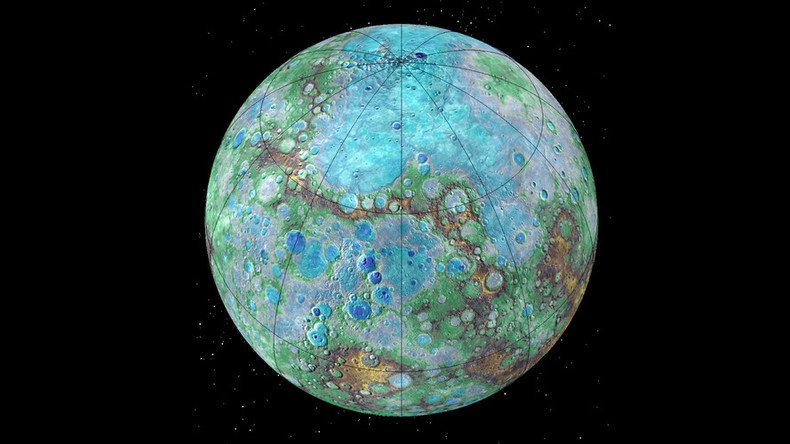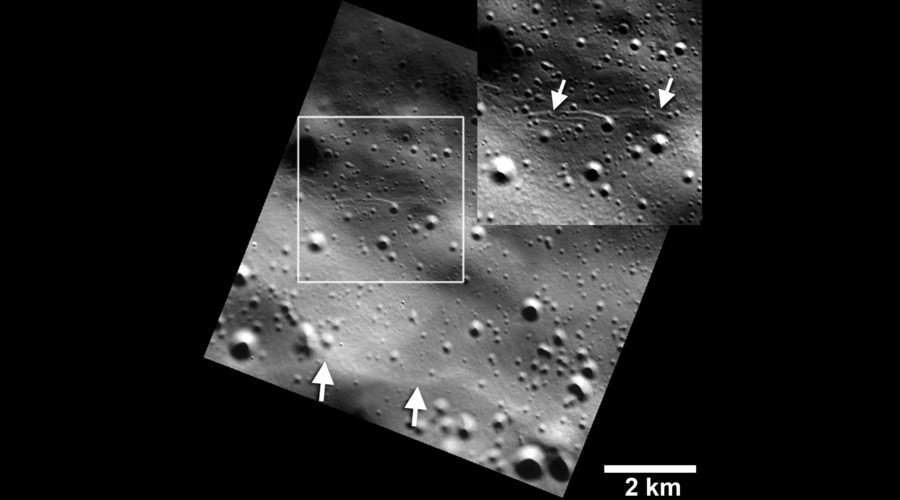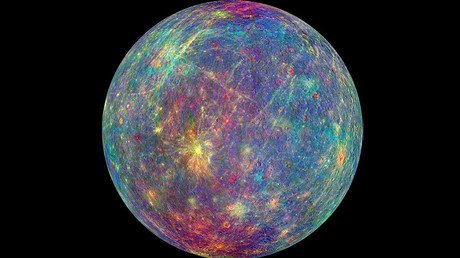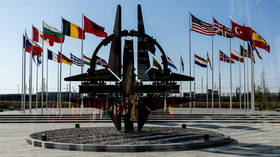Mercury still has earthquakes and shrinks by the day - NASA

New NASA research is shaking the foundations of what we thought we knew about Mercury: it is still tectonically active, something previously thought to be exclusive to Earth, and is shrinking.
New images have shown some previously unknown small fault scarps – cliff-like landforms which resemble stair steps. The ‘steps’ are also quite small, which means that they are geologically young, and that the planet must be contracting.

This means that Mercury is tectonically active, like Earth. Before now, all planets in the Solar System, except Earth, were considered too old for that kind of thing.
“The young age of the small scarps means that Mercury joins Earth as a tectonically active planet, with new faults likely forming today as Mercury’s interior continues to cool and the planet contracts,” according to lead author Tom Watters, Smithsonian senior scientist at the National Air and Space Museum in Washington, D.C.
The scarps have to be very young indeed, scientists said: they had to survive bombardment by meteoroids and comets. They are very similar to the lunar scarps found on the Earth’s moon – which indicates that the moon shrank in the past, and might even still be shrinking.
“This is why we explore,” said NASA Planetary Science Director Jim Green at Headquarters in Washington, D.C., as cited in the official press release.
“For years, scientists believed that Mercury’s tectonic activity was in the distant past. It’s exciting to consider that this small planet – not much larger than Earth’s moon – is active even today,” he added.
Images were obtained by NASA’s mission dubbed MESSENGER (MErcury Surface, Space ENvironment, GEochemistry, and Ranging), with the findings published in the October issue of Nature Geoscience.
Over the last 18 months of the MESSENGER mission, the spacecraft’s altitude was lowered, allowing the surface of Mercury to be studied with much higher resolution.
Large-scale scarps were found on Mercury’s surface in the mid-1970s and were later confirmed by MESSENGER. They formed while the planet’s interior cooled, causing contractions, which resulted in the planet’s crust breaking and thrusting upward, producing cliff-like structures.
Some of these ‘cliffs’ are over a mile (more than 1.5km) high.
In 2015, NASA took data from over 250,000 images captured by MESSENGER to compile a detailed map of Mercury’s entire surface processes and minerals, including its distinct craters and pyroclastic vents.














